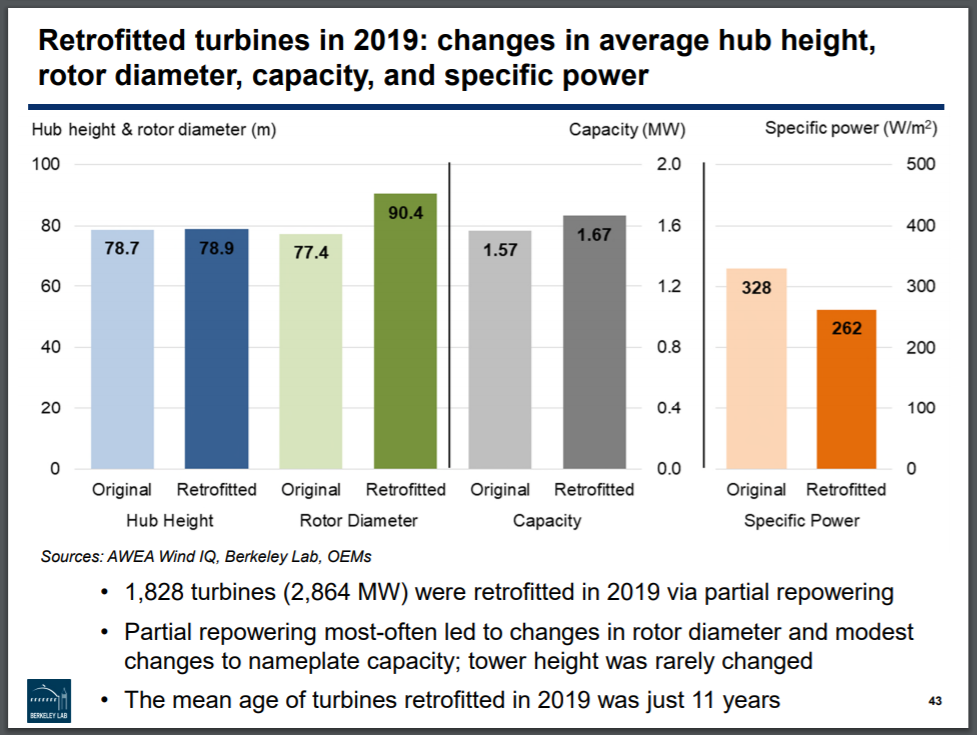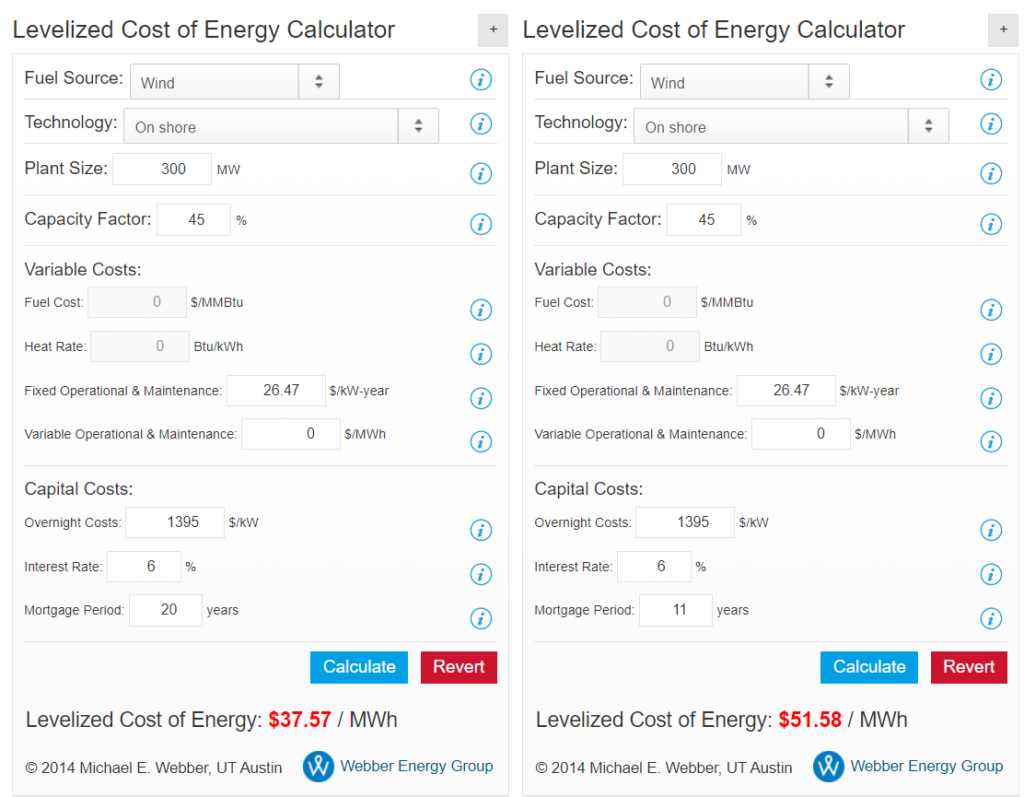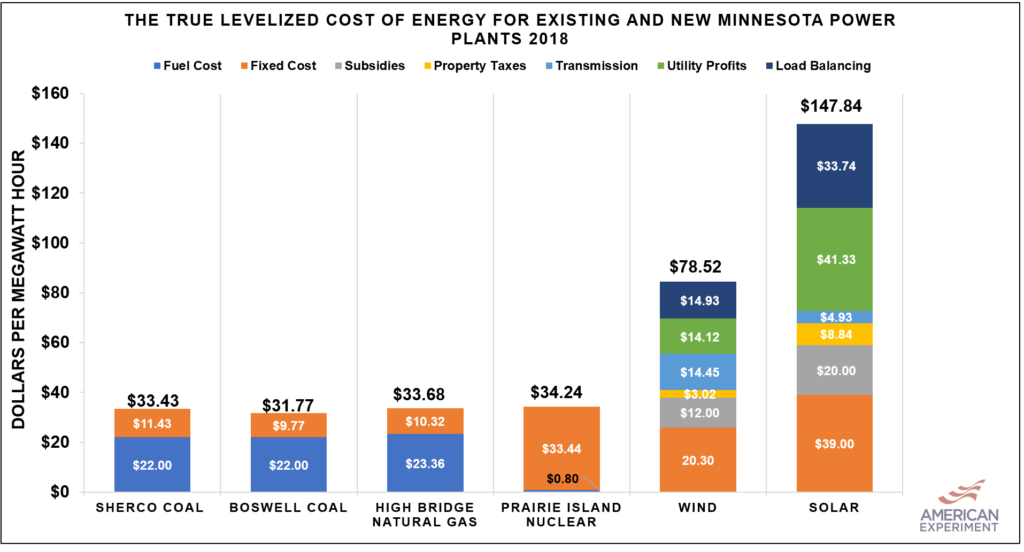Wind Turbines Don’t Even Last 20 Years
According to the National Renewable Energy Laboratory (NREL), wind turbines are supposed to have a useful lifetime of 20 years, but real-life evidence shows that wind turbines don’t even last this long before they are torn down and repowered so wind companies can soak up more of your tax dollars. This is why Xcel Energy is spending $750 million on repowering wind projects built between 2008 and 2015.
It’s All About the Subsidies, Baby!
Thanks to a subsidy that has been “temporary” since 1992, wind turbines receive a federal tax credit of $24 for every megawatt-hour (MWh) generated. The most recent extension of these “temporary” tax credits locks in wind developments at 60 percent of the original subsidy, or $18 per MWh, according to the U.S. Energy Information Administration.
Wind turbines don’t receive this tax subsidy for their entire lives, however. The subsidy expires after the first ten years of a project’s life. Unsurprisingly, a report from Lawrence Berkeley National Labs shows the average age of repowered turbines was 11 years, meaning electric companies are spending millions of dollars to help themselves to more of your tax dollars and increase electricity prices at the same time.

The shorter lifetime of wind turbines may help pad Xcel Energy’s government-guaranteed profits, but this is bad news for ratepayers because it means electricity generated from wind turbines is much more expensive than advertised.
How Shorter Lifespans Affect the Levelized Cost of Energy
The cost of generating electricity is often expressed using a metric called the Levelized Cost of Energy (LCOE), which attempts to figure out the cost of each energy source per unit of electricity generated. In simpler terms, it is like comparing the cost of driving different cars for each mile driven, taking things into account like up-front cost, gas mileage, and the cost of fuel. The more miles you drive, the lower the cost per mile.
If wind turbines are only operating for half of their original, useful lifetimes, it means they are generating fewer units of electricity, which makes the LCOE of wind much higher than advertised. We can see this in action in the example below. For this example, I use Region 3 MISW assumptions for capital costs and fixed operational and maintenance costs from Table 3 of the 2021 Assumptions to the Annual Energy Outlook.

If a wind facility operates for 11 years instead of 20 years, the cost of electricity from the facility increases by $14.01, from $37.57 per MWh to $51.58 per MWh. This represents a 37 percent increase in the cost of wind energy, and it means that new wind is far more expensive than continuing to operate Minnesota’s existing coal, nuclear, and natural gas facilities.

Conclusions
The wind industry is kept afloat by infusions of your money. These infusions come in the form of higher taxes to pay for federal subsidies and the higher electricity prices you pay each month. The fact that Xcel Energy is repowering wind facilities that are less than 10 years old is all the evidence you need to conclude that wind turbines are not the future of energy. Instead of squandering more money on the wind, we should be looking to keep our existing power plants open as long as possible while looking toward a future powered by nuclear, hydro, and carbon capture resources.